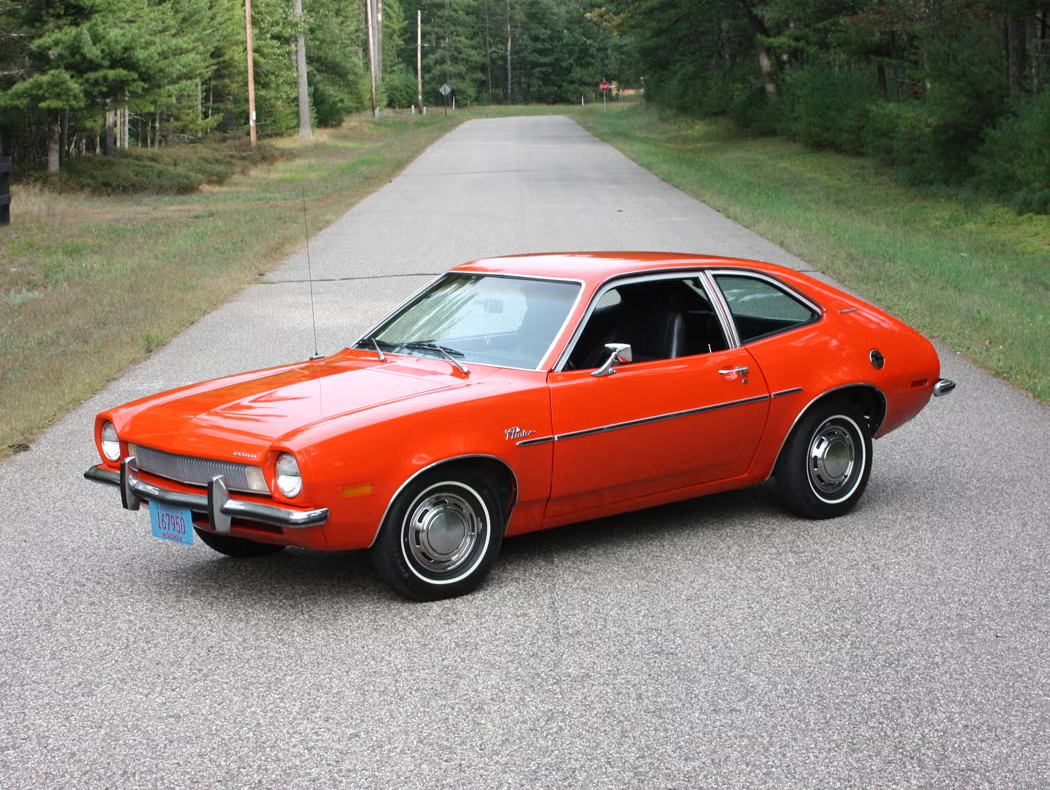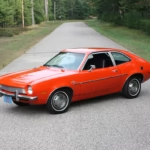
Why Are Toyota Echo Bumpers Not the Same Color?
If you’ve ever owned or looked closely at a Toyota Echo, there’s a good chance you noticed something odd: the bumpers often appear to be a slightly different color than the rest of the car. Whether you’re standing in the sunlight or walking around the car at dusk, it’s hard to ignore the subtle (or sometimes not-so-subtle) difference in paint between the body and the bumper.
Limited Time Automotive Amazon DealsThis isn’t a flaw exclusive to the Echo, but it’s especially noticeable on this model due to its basic design and more affordable production methods. So what causes this mismatch? Let’s break it down.
Material Differences: Metal vs. Plastic
The most significant reason behind the color variation is the difference in materials used for the vehicle’s body and its bumpers.
Limited Time Automotive Amazon DealsMost of the car’s body is made of metal, specifically steel or aluminum. The bumpers, on the other hand, are made from plastic or composite materials such as polypropylene. These two materials interact with paint differently.
- Metal offers a rigid and smooth surface that holds paint consistently.
- Plastic is more flexible, has a different surface texture, and even absorbs paint differently.
Because of this, even when the exact same paint formula is used on both the metal panels and the plastic bumpers, the final color may look slightly different due to how each surface reflects light and absorbs pigment. The reflectivity and texture can subtly shift the appearance of the paint once it dries.
Additionally, plastic can retain static electricity, which can attract dust during the painting process and affect how uniformly the paint adheres to the surface.
Separate Painting Processes
Another big factor: bumpers are typically not painted at the same time as the rest of the car. In most factories, plastic components like bumpers, side skirts, and sometimes even mirrors are painted separately from the main body.
Here’s how that matters:
- Different painting environments = different lighting, temperature, and humidity.
- Different teams or robots = slight variations in spray angles and drying times.
- Plastic parts might receive different preparation treatments compared to metal.
This separate workflow leads to subtle shifts in color or texture. Even a small change in temperature or humidity during paint application can alter the way the paint looks once it dries.
For budget-conscious vehicles like the Toyota Echo, this separation process is even more pronounced. These cars are built to be economical, and efficiency in production takes priority over meticulous color matching.
Light, Angles, and Perception
Even if two panels are painted identically, the way they look can vary because of how light hits them.
Bumpers are usually more curved than flat metal doors or quarter panels. This curvature reflects light differently, which tricks our eyes into seeing a color shift. This effect is amplified in:
- Direct sunlight
- Dim or uneven lighting
- When standing at an angle
Metallic or pearl finishes, which contain tiny flakes that reflect light, can make this even worse. These flakes can settle in different directions depending on how the paint is applied or the surface shape—making it look like the bumper is a slightly different shade, even if the formula is identical.
A Common Industry Occurrence
While Toyota Echo bumpers are a well-known example, this color difference happens across all brands and models—from entry-level sedans to high-end luxury cars.
The difference is just more noticeable on certain models due to:
- Basic paint finishes that don’t hide variation well
- Simpler design elements that make mismatches more obvious
- Age of the vehicle, as different panels can fade at different rates over time
It’s an industry-wide reality, not a manufacturing flaw.
What If the Color Difference is Too Obvious?
While some mismatch is considered normal, if the difference is too stark, it could be due to:
- Aftermarket replacements (like a bumper replaced after an accident)
- DIY or low-cost paint jobs that weren’t blended properly
- Sun fading where either the bumper or the body has worn faster
In these cases, you might consider a repaint. Auto body shops often color-match by eye or use computer-aided paint scanning to replicate the current look of your vehicle, rather than using the original factory code. This helps blend old and new paint more seamlessly.
Some shops will “blend” nearby panels (like painting part of the fender or quarter panel) to make everything match visually, even if the paint isn’t exactly the same underneath.
Can You Prevent It?
Unfortunately, not entirely. Since it’s a byproduct of material properties and mass production processes, even brand-new cars can show these variations.
However, here are a few tips if you’re getting body work done or shopping for a used Toyota Echo:
- Ask if panels were painted off the car (which might increase mismatch)
- Look at the car in daylight from multiple angles to spot any variations
- Request blending from auto body shops to help with uniformity
- Use high-quality waxes or ceramic coatings to help reflect light more evenly
Final Thoughts
So, why are Toyota Echo bumpers not the same color as the rest of the car?
It’s all about materials, process, and perception. Plastic and metal surfaces behave differently under paint, and separate painting methods only increase the chances of a mismatch. Add in how curved bumpers reflect light, and it’s easy to see how these differences can become noticeable—especially under the sun.
But here’s the thing: it’s completely normal. If you see it on your Echo, don’t worry—it’s not a mistake or poor quality, it’s just part of the way cars are built today.
And hey, if it really bothers you, a good body shop can make it virtually disappear.
Interested in more quirks and insights about your car?
Check out our latest articles at FlipCars.ca for real-world car knowledge, buying tips, and automotive DIY ideas you won’t find anywhere else.
Add a comment Cancel reply
Categories
- Auto Detailing (1)
- Car News (2)
- Car Reviews (1)
- How To (1)
- Uncategorized (165)
Recent Posts
About us

Related posts


Peut-on vraiment se fier à la capacité de remorquage d’un véhicule?

What Does GMC Stand For? The Canadian Story Behind a Legendary Truck Brand








